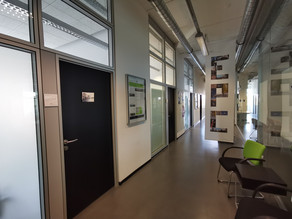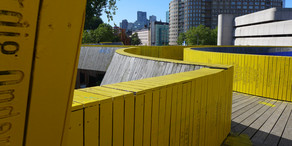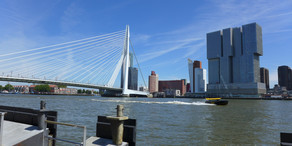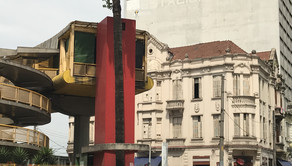Neuer Artikel erschienen: How public are hybrid public spaces? Assessing publicness of privately owned public spaces in Hamburg
- Archiv
ABSTRACT
As new forms of public space emerge and the distinction between public and private space is increasingly blurred, the notion of hybrid space has come to light. It encompasses different kinds of public, semi-public, semi-private and private spaces. The proliferation of hybrid space across cities raises an important question as to whether they are public spaces and if so, how public are they? This paper aims to examine the publicness of privately owned public space/s (POPS). POPS are a popular mechanism to provide public spaces, however little is known about their quality. Empirical research using three case studies in Hamburg, Germany, was carried out to understand the publicness of these spaces and qualities that impact this. Through applying the OMAI model – an acronym for ownership, management, accessibility and inclusiveness – key attributes that impact the publicness of the studied POPS are revealed. The lack of private management, use of rights-of-way, inclusion of amenities, the role of public agencies, and transparency regarding ownership affect the publicness of these POPS. Based on the analysis, recommendations are provided so that POPS can functionally integrate with the broader open space network and make a positive contribution to the city overall.










